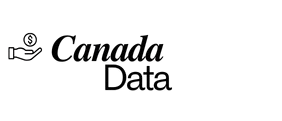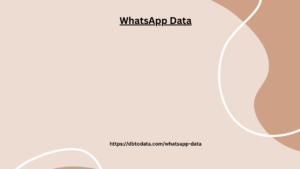Are you a bookworm? If you are used to devouring novels, then you must have noticed a strange fact in most books. Publishers have deliberately left a few blank pages inside, sometimes at the beginning or at the end. But why, according to you? What is the purpose of these mysterious immaculate pages? You will find the answer to this question in this article.
What is the last blank page of a book for
Many books have two blank pages, usually before the first chapter, at the end of the book, or sometimes even both. Did you think this was a complete waste? In truth, this voluntary choice on the part of publishing houses was well thought out: the reason is purely technical due to the constraints of assembling pages by automated devices.
This comes from
the groups of pages that printers fold and cut to assemble a book.Note that, for practical reasons, the pages are printed in the form of notebooks or sheets. Thus, these notebooks can have 4, 8, 12, 16, 32 or even 64 pages. Therefore, if the printing of a manuscript does not exactly match the printing standards, the machine will leave blank pages. For example, if the printing of a book is 200 pages, it could perfectly fit with a whatsapp data 4-page notebook, while a 203-page manuscript will probably leave a blank sheet.
To offset the expense,
since an extra page seo data cocktail of text might require a group of four
more pages (with three pages wasted), printers might try
to condense the layout by playing with
character spacing. Called “kerning,” reducing the space
between two specific characters in a book could eventually
result in an entire page being saved. Unwilling to pay more
for unused paper, some publishers chose to fill the extra space
in the printing booklets by bulk data featuring lists of other works, excerpts, or illustrations.
Read Also Death of Ivorian Bernard Dadié, monument of African literature
NB : For some books and niche publications, publishers may print the phrase ” This page intentionally left blank ” so that the reader does not worry about the lack of information.
How important is layout in a book?
The layout of a book is never trivial: it is what is supposed to
highlight the interior of the novel that you are going to read. If the appearance is not attractive or well-crafted, it can instantly discredit the quality of the content and even disappoint readers. A bad layout can spoil the body of
the book that you have in your hands: it casts doubt on the credibility of the text and it can also be unpleasant in terms of reading.
In terms of pagination, page numbers are called “folios” and can appear
almost anywhere on the page. If they are at the bottom of the page, they are called “drop folios.”
Since all pages are numbered, although some do not have folios, when a number does not appear on its assigned page, it is called a “blind folio.”
What is the first page of a book called
The first page of a book is commonly called the “cover” or “front cover”. In the publishing world, it has another name: the “front cover”. This odd page located at the beginning of the book contains a certain amount of important information:
the full title of the work, the name of the author(s), the place and year of printing, the publisher and the series. It is generally accompanied by an illustration that will attr
act the eye (this can be a photo or a drawing).
What is the second page of a book called?
The “front cover” is usually the first visual element that we discover. It must be attractive and striking since it is a real selling point. The title page comes just after the cover: it is a blank sheet that continues the presentation
Indicating some
Information relating to the work. It includes again the full title, the name of the author and the publisher. It can sometimes contain a subtitle, an image, a serial number or any other distinction.

